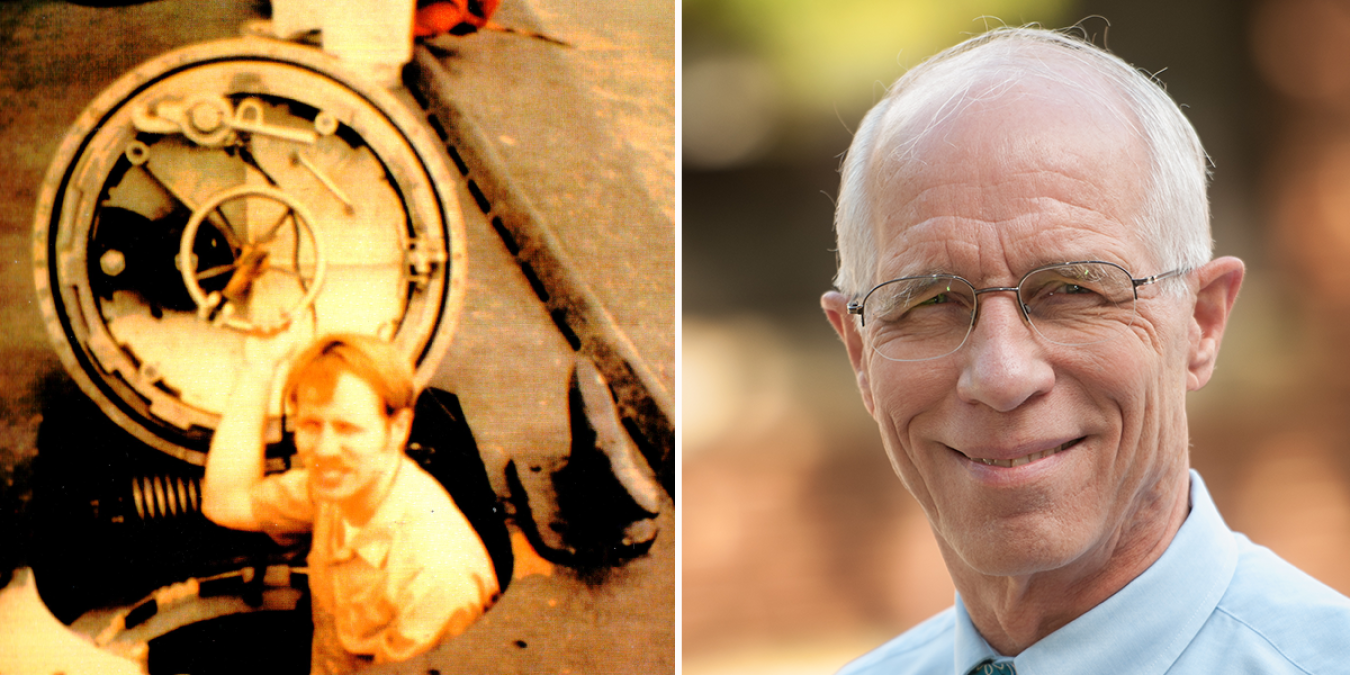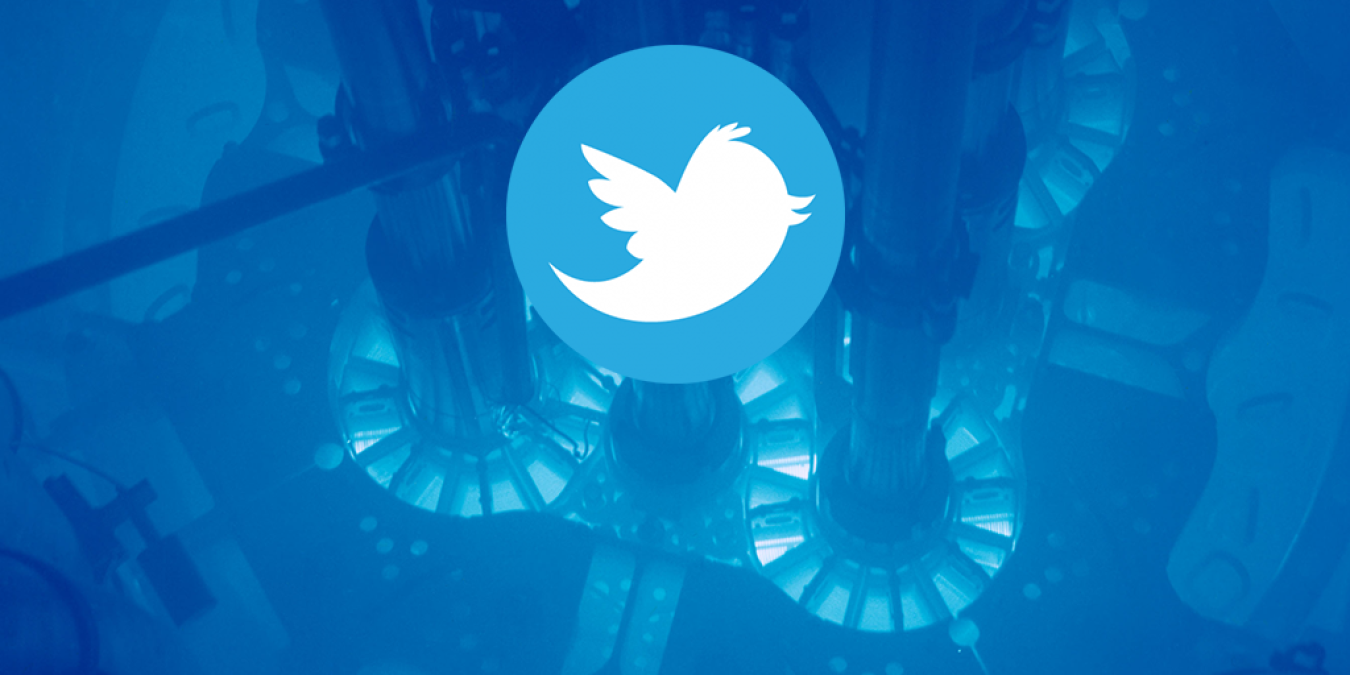Argonne National Laboratory researcher Roger Blomquist was drafted into the Vietnam War, setting up a long career in nuclear.
May 21, 2019
Roger Blomquist never imagined that his birthday would represent anything more than the date he was born. In 1969, however, his birthdate was the first drawn in the Vietnam War draft lottery, sending him into active duty and altering the course of the rest of his life.
Before being called to the military, Blomquist was a young scientist with a bachelor’s degree in physics from the College of William and Mary. He was in pursuit of a master’s degree in physics from Carnegie Mellon University when the draft forced him to transition from scholar to soldier.
A Call to Service
Blomquist’s physics background qualified him to serve as a nuclear propulsion officer on a U.S. Navy nuclear-powered submarine. The vessel became a hands-on classroom for Blomquist, teaching him about the many components of a nuclear propulsion plant and the processes that power it.
“You can seal 105 guys up in a steel tube and put it under water for months at a time, and it’s perfectly self-contained. We produced our own oxygen, we removed atmospheric contaminants like carbon dioxide, we produced our own fresh water from sea water, and we had our own plumbing systems,” Blomquist explained. “I was responsible for the operation of the entire propulsion plant, from the reactor core all the way to the propeller, so I got both a detailed and wholistic view of a nuclear propulsion system.”
Shifting Gears
After four years of active duty, Blomquist served an additional 26 years in the Navy Reserve while earning a Ph.D. in nuclear engineering and developing a career at the U.S. Department of Energy’s Argonne National Laboratory (ANL).
As a principal nuclear engineer at ANL, Blomquist now studies computational methods in neutron transport and reactor physics. He also contributes to the conception of research reactors, or reactors built for experimentation rather than power generation.
Though Blomquist no longer participates in naval nuclear projects, the knowledge he gained while in the military helps inform his current work.
“At the lab, I’m much more focused on one end of the process. But my experience on the submarine helps me understand why certain aspects of a reactor core, for example, are important, because I monitored an entire nuclear reactor system,” Blomquist said. “Plus, in some ways, nuclear propulsion plants are a different kind of reactor than the reactors I work with today, so I gained a broader view of reactor design, too.”
ANL’s research is used by scientists across the country, but the lab seeks to inform the broader public in addition to the experts. That’s why Blomquist serves on ANL’s Nuclear Science & Engineering Division Outreach Committee, engaging with community groups on the benefits of nuclear power and its unique contributions to the nation’s energy portfolio.
“There’s this spectrum of energy densities, and nuclear is at the extreme high end,” Blomquist said. “Its energy output is much greater than its waste output, and that’s what makes it inherently environmentally benign. It is clean, and ultimately, economic, because with this energy density, you need a relatively small facility to produce a lot of useful energy.”
All in on Nuclear
On draft day 50 years ago, Blomquist would have deemed it unlikely he’d become a nuclear energy supporter. In fact, he recalls having read a few anti-nuclear tomes during his pre-military studies. Blomquist’s naval experience, however, taught him the advantages of this valuable power source.
Today, Blomquist advocates for nuclear power because very few will learn about it as he has. He encourages present educational outreach to empower future research and development.
“Nuclear energy is the only scalable, 24/7, zero-emission power technology available,” he said. “The United States is not as good at building reactors anymore because we haven’t for 30 years, and that’s a big problem. We need to continue to invest in nuclear if this technology is going to remain a major contributor to better human lives.”



